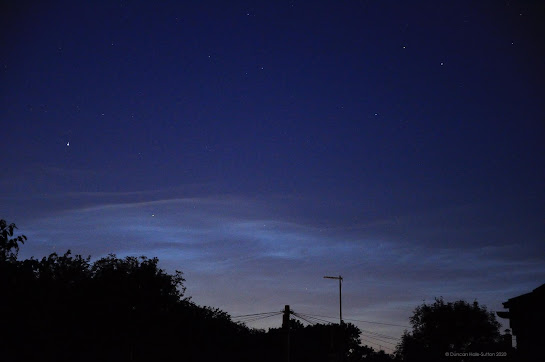Going back further to January 2020, Betelgeuse, usually the second brightest star in Orion, was in the news because it had undergone an unusually deep dimming. Betelgeuse is a red supergiant - this type of star has evolved significantly off the main sequence and has entered an unstable end to its life. It is a semiregular variable star - its visual brightness varies between 0.0 and 1.6 with several underlying periods of variability that have been identified as 242, 430 and 2,200 days. This star is a lot more massive than the sun. Estimates of its current mass put it at between 10 and 20 solar masses with a current best fit of 12. In terms of its physical size, if it was placed at the position of the sun, its surface would be at maximum somewhere out beyond the orbit of Jupiter. At the end of 2019 and at the beginning of 2020, it was noticed that Betelgeuse was going through a period of unusually deep dimming. A star of this size has a relatively short lifespan (a star of between 10 and 15 solar masses has a lifetime of between 20 and 10 million years, approximately) and popular speculation was that this star might go supernova.
I took this image of Orion on the 20th January 2020 just about the time that Betelgeuse hit its minimum apparent visual magnitude of 1.61. I have labelled the star for easy identification and also two other stars (the brightest star in Orion, Rigel, at magnitude 0.2 and Aldebaran in Taurus magnitude 0.85). The image is constructed from 20x15s exposures using a Nikon D90 DSLR with a telephoto lens set at 18mm (ISO3200) and stacked in DeepSkyStacker. I included the star Aldebaran in the image for comparison. Aldebaran is also a yellow/orange star and so is a better visual match than, say, Rigel which more blue/white. You can see by clicking on the image that Betelgeuse is fainter than Aldebaran.
So we know now that Betelgeuse hasn't gone supernova so what was the cause of the dimming of this star? Observations by NASA's Hubble Space Telescope have shown that the dimming was most likely caused by an ejection of stellar material that cooled and formed an opaque dust cloud between us and the star. The ejection of hot plasma was possibly caused by an up welling of a large convection cell. The outer layers of these evolved stars are inherently unstable and undergo pulsations and heat transfer is dominated by convection.
All text and images © Duncan Hale-Sutton 2021







